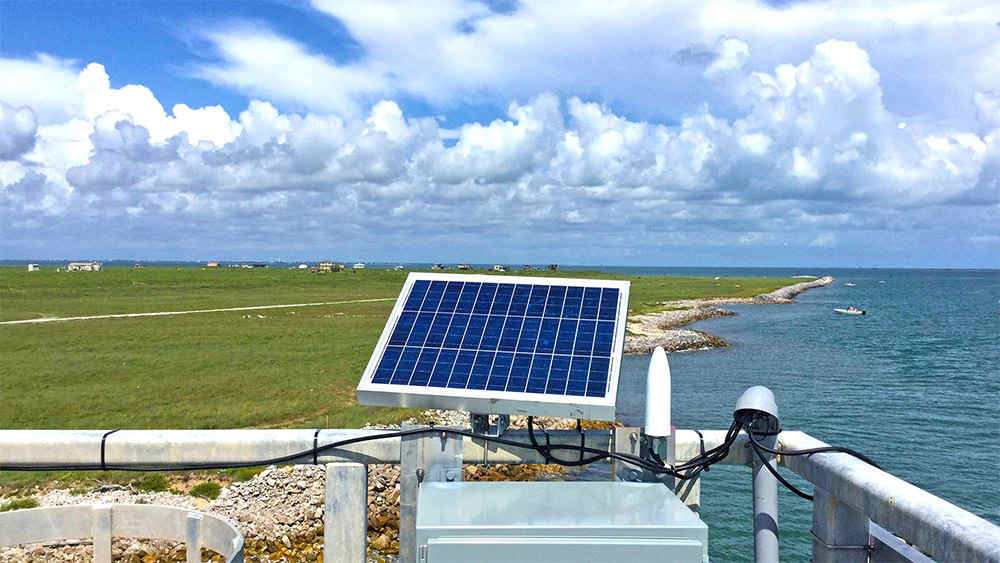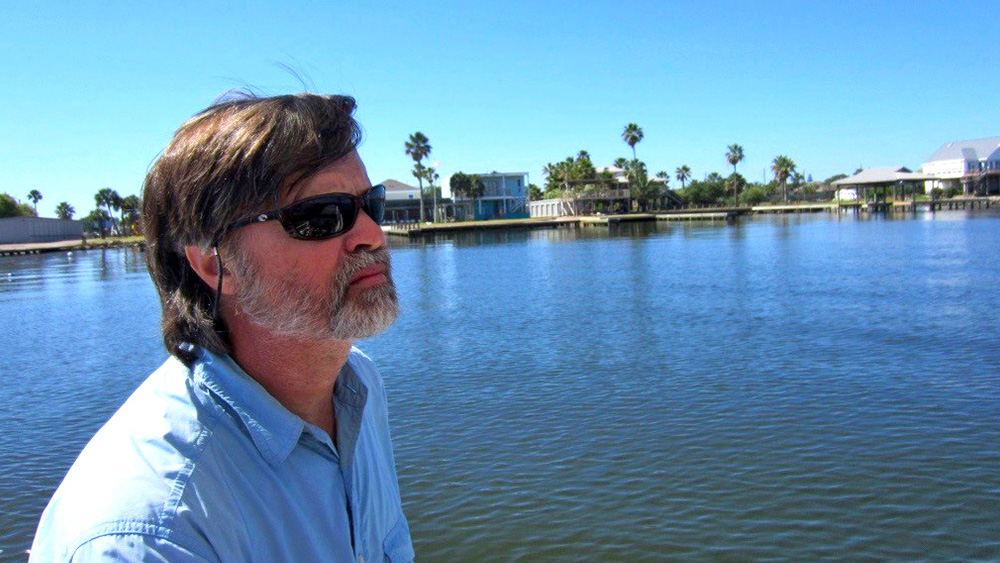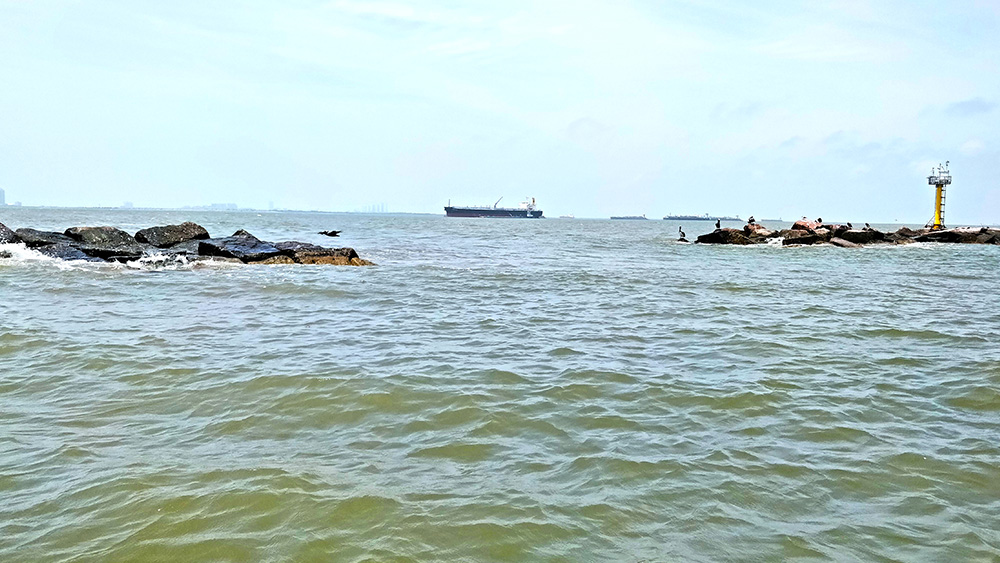
At a glance
Dr. Bert Sweetman and collaborators are working to develop a system to protect Houston from hurricane-driven flood waters entering Galveston Bay. His idea came to fruition as an improvement to a plan developed in a study funded by the State of Texas.
Most Texans will forever carry the memory of the widespread devastation left behind by Hurricanes Harvey and Ike along the state’s coastal cities and communities. The storms were two of the costliest tropical cyclones on record, specifically in Houston where catastrophic rainfall and wind-driven waters triggered major flooding events. Better protecting cities and communities from future weather-related events are at the forefront of researchers’ minds.
Dr. Bert Sweetman, professor in the Department of Ocean Engineering at Texas A&M University, is among the researchers working to develop a system to protect Houston from hurricane-driven flood waters entering Galveston Bay. His idea came to fruition as an improvement to a plan developed in a study funded by the State of Texas.
The design
“The plan includes a very large flood gate across the entrance from the Gulf of Mexico to Galveston Bay that normally would be left open so large ships can pass through, but would be closed before a hurricane to protect Houston from flooding,” Sweetman said. “The initial design of the gate required two large artificial islands in a deep area in the entrance to Galveston Bay on which the gates are stored when they are in the open position, plus several smaller islands in shallower waters.”
An assessment was conducted on the environmental impact of the changes with the existing water flow in and out of the bay during normal non-hurricane conditions when the gate would be left open.
Challenges ahead
“Preliminary results generated in 2017 showed that the reduction in flow caused by the islands would have an unacceptably large impact on salinity and on changing water levels within the bay,” Sweetman said. “The project team immediately began investigating ways to reduce the size of the artificial islands, but it was not clear that the islands could be made small enough for the environmental impact to be acceptable, while still being able to use flood gates that are big enough to allow large ships to pass through.”

Offering a solution
This is where his solution came into play.
“I suggested that we should investigate a different gate design objective,” he said. “I wondered if we could change the structural design of the gates to eliminate the islands entirely.”
Eliminating the islands would theoretically solve the issues of reduced salinity and water level changes in the bay.
“I began with the specific design requirements that are unique to the Galveston inlet, including tides, waves, winds and the very challenging foundation soil conditions,” Sweetman said. “Some design objectives included effectively protecting Houston from hurricane flooding while minimizing effects on the environment, shipping and the overall viewscape of the Galveston inlet.”
His design concept utilizes a series of smaller, floating gates that are stored below the inlet’s seafloor. When a hurricane is projected to impact the area, the gates would rise prior to the storm hitting.
Defense ready when needed
“The gate structure is virtually invisible during non-hurricane conditions. It has no impact on the tidal flows through the inlet, virtually no impact in navigation or species migration, and is virtually invisible from above the water surface,” Sweetman said.
He led a team to flesh out the concept, identify and resolve any fundamental technical feasibility problems, and develop the concept to the point of having a budgetary cost estimate for putting flood gates across the full two-mile span of the Galveston inlet. The projected cost of the new gate system was found to be significantly less than the construction of the design that included building artificial islands.

What now?
Four competing gate concepts are still under active consideration by the project team. Sweetman’s proposed concept has the least environmental impact with potentially the lowest cost, but is the least proven of the competing concepts. The key challenge is to develop the design to the point that the decision-makers become confident in Sweetman’s new gate concept as the best option to preserve the fragile ecosystem of Galveston Bay, while still providing the greater Houston area with robust protection against hurricane storm surge, including the Houston energy corridor and the Port of Houston.
“The gate concept developed for Galveston Bay has the potential to be applied in many other parts of the world and could become increasingly important if the rise in sea level due to global climate change continues,” Sweetman said.
Each of the three other competing concepts have already been designed and built to protect other flood-prone coastal areas. The design conditions at the entrance to Galveston Bay are unique and none of the existing concepts are a perfect fit for this application. The Port of Houston is one of the largest in the country, and the total oil refining capacity near Houston provides about one third of the total gasoline in the United States and about 40% of the diesel and jet fuel.
“The environmental impact of the initial configuration in the fall of 2017 was so severe that protecting Houston from hurricane flooding was not feasible, despite the national economic importance of this area,” Sweetman said. “The new gate concept will enable the same level of flood protection as the competing concepts, but have virtually no impact on the critical fisheries, aviaries and other aspects of the fragile yet critical Galveston Bay habitat.”
Sweetman’s study is partially funded by the U.S. Army Corps of Engineers and the original storm surge protection study was supported in part by the State of Texas General Land Office.